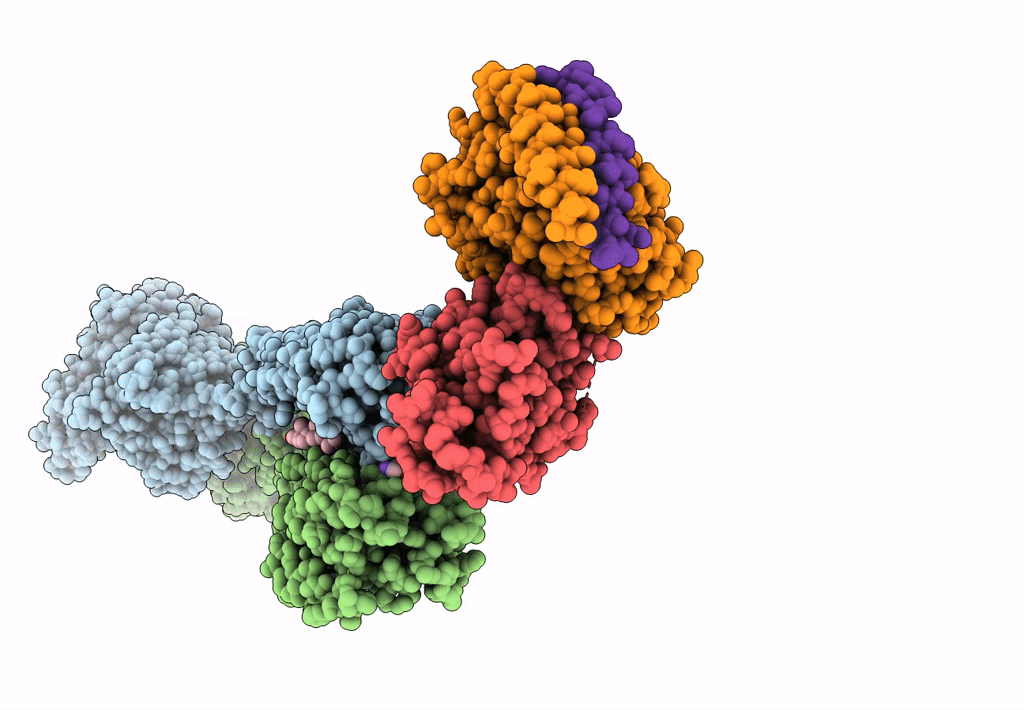
Deposition Date
2023-05-12
Release Date
2023-06-21
Last Version Date
2024-11-06
Entry Detail
PDB ID:
8JD3
Keywords:
Title:
Cryo-EM structure of Gi1-bound mGlu2-mGlu3 heterodimer
Biological Source:
Source Organism:
Homo sapiens (Taxon ID: 9606)
Host Organism:
Method Details:
Experimental Method:
Resolution:
3.30 Å
Aggregation State:
PARTICLE
Reconstruction Method:
SINGLE PARTICLE


